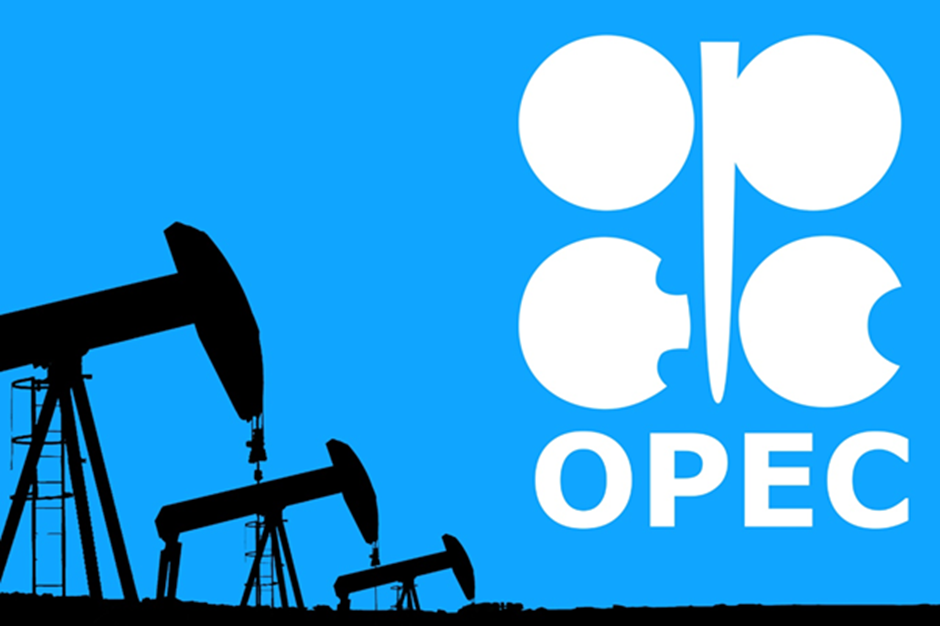Highlights
- Crude oil prices bolstered to a new eight-year high level on Wednesday.
- The rise in oil prices was ignited after the Western allies and Japan imposed sanctions on Russian banks.
- Despite OPEC+ agreeing to increase the output for the last several months but members are falling short of their targets.
Crude oil prices bolstered to a new eight-year high level on Wednesday, surpassing the mark of US$110/bbl. The relentless rise in the prices of crude oil is driven by expectations that the market will remain short of supply in the coming months, following sanctions on Russia and a flood of divestment from Russian oil assets by oil giants.
The rise in oil prices was ignited after the Western allies and Japan imposed sanctions on Russian banks, blocking their SWIFT payment system which is a global payment system that facilitates rapid cross-border payments, making trade flow smooth.
The prices also got a push on Tuesday as the global agreement to release crude oil from strategic reserves failed to calm fears of supply disruptions. Members of the International Energy Agency (IEA) agreed to release 60Mb of crude oil, not enough to fulfill single-day worldwide consumption.
Must Read: Crude oil rises on fresh Russia-Ukraine war warnings
On Wednesday, Brent Crude oil settled at US$112.93/bbl, up7.6% while WTI crude closed at US$110.60/bbl, up 7% on the last close.
Additionally, May delivery Brent Crude oil futures last traded at US$115.78 per barrel up 1.06%, whereas April delivery WTI crude oil futures traded 1.84% up at US$112.64 per barrel as of 03 March 2022 at 12:07 PM AEDT.
Must Read: Crude oil hits fresh seven-year high amid Russia-Ukraine tension
OPEC’s tumbling production
The OPEC’s stance in the current matter is very crucial however, the group remained neutral till now. The group along with its allies (OPEC+) is stuck to its long-term plan of boosting output by 400,000bpd, discussed at a brief meeting on Wednesday.

Source: © Gumpapa | Megapixl.com
Despite OPEC+ agreeing to increase the output for the last several months but members are falling short of their targets, widening the gap between demand and supply.
Good Read: How a Russian invasion of Ukraine might impact crude oil prices
The current global demand has reached pre-pandemic levels however the supply is inadequate, forcing major consumers to use their stockpiles to fulfill the energy requirements.
Even though the US-led sanctions on Russia didn’t target the country's energy sector but traders are dodging trading of Russian barrels, leading to an astonishing discount on that oil. Russia's Surgutneftegaz was unable to sell 880,000 tonnes of Urals oil, the key Russian grade from Russian ports, following cancellations of other proposed sales.
Russia is facing serious troubles in its exports ranging from oil to grains after Western allies imposed stiff sanctions on it and blocked several banks from the SWIFT payment system.

Source: Copyright © 2022 Kalkine Media®
Furthermore, on Wednesday, the White House said that it is ready to the possibility of imposing sanctions on Russian oil and gas. That could further drive crude oil prices to the next level.
Also Read: WTI Crude surpasses US$90/bbl as frigid weather cascades across the US
Bottom Line
Crude oil prices reached to a new eight-year high level on Wednesday on expectations that the market will remain short of supply in the coming months. The possible US sanctions on Russia could further drive crude oil prices to the next level.
Also watch: What is Brent Crude?



